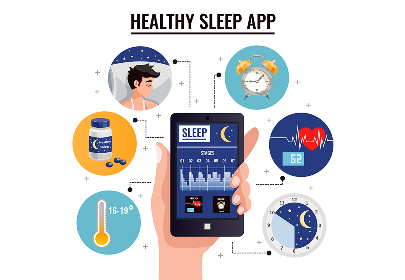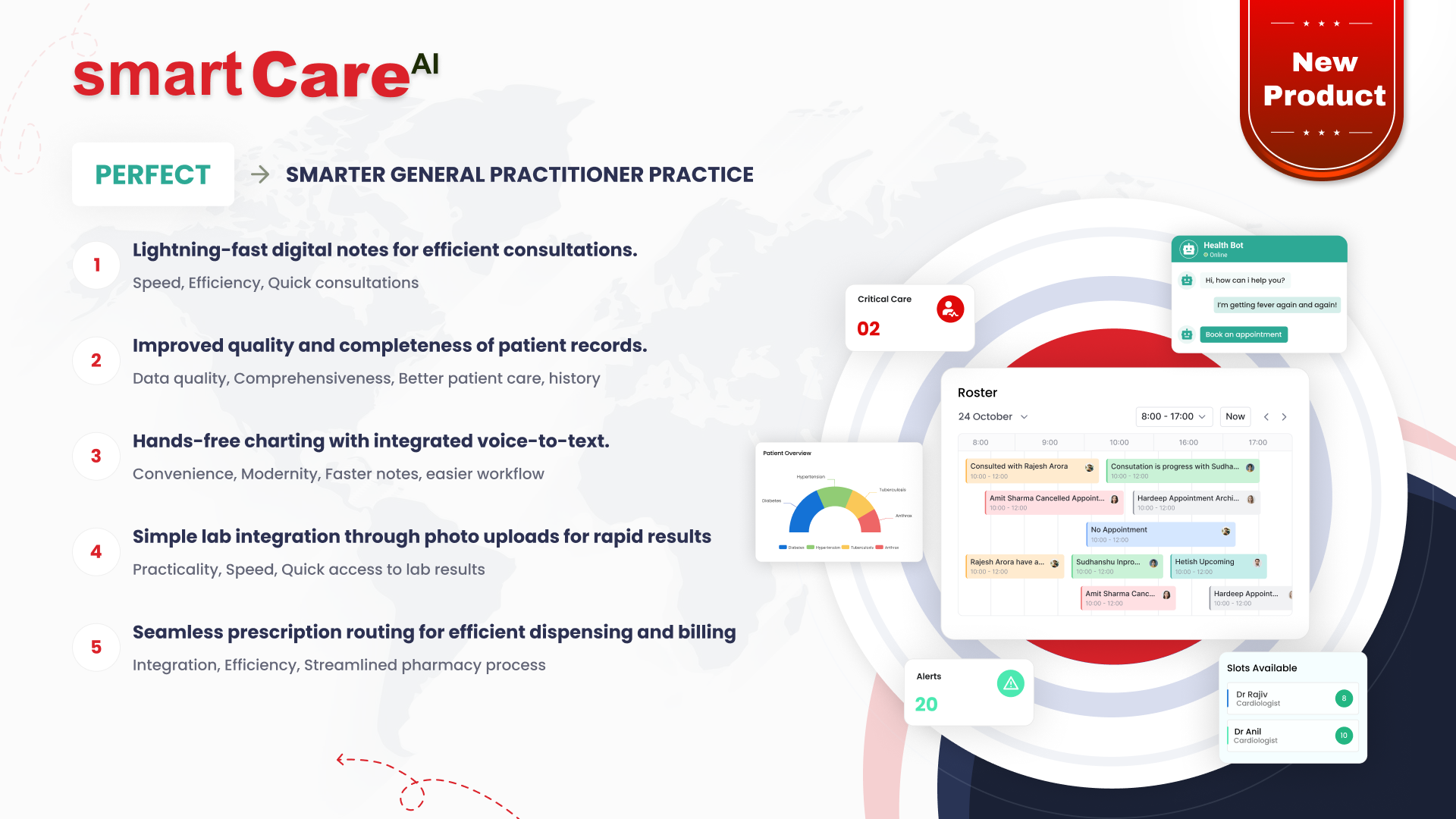Posted On April 30, 2025
How AI-driven diagnostics Improved efficiency in large hospital Networks
The integration of AI-driven diagnostics in big hospital chains is amazingly improving efficiency, accuracy and patient outcomes by utilizing ML algorithms to scan radiology, pathology and patient history with speed and accuracy.
In my understanding, the following are the key improvements which AI-driven diagnostics has introduced in big hospital chains:
- Diagnostic turnaround time – Traditional diagnostic processes involves delays due to heavy volumes of patients and limited specialist availability, while with AI tools, the hospitals can run through the imaging data and mark the abnormalities in a matter of seconds and that too with high precision/accuracy. Not only does this rapid analysis speed up the diagnostic process but also allows clinicians to prioritize serious cases more effectively.
- Reduction of Diagnostic errors – By using deep learning algorithms trained on huge datasets, help detect some conditions more accurately than human radiologists. These machines are an additional pair of eyes, supporting clinical decision-making and diagnostic confidence.
- Allocation of resources – By identifying trends in patient information, predictive analytics software can forecast patient needs and complications and thus hospitals can make a more efficient staffing allocation, making better use of beds and equipment, reducing bottlenecking in emergency rooms and intensive care units.
- Interoperability – It helps automate the workflows and facilitates more collaborative care, especially for patients who have complex, multi-specialty requirements because the centralised AI platforms within hospital networks allow the sharing of information across departments as well as among hospitals.
Overall, AI-based diagnostics aren’t just delivering improved speed and accuracy in mass hospital systems but are remaking the clinician workflow on a larger level. As those technologies continue to mature, the role that these technologies will have in offering scalable, effective, and patient-centric care will grow more vital only.








